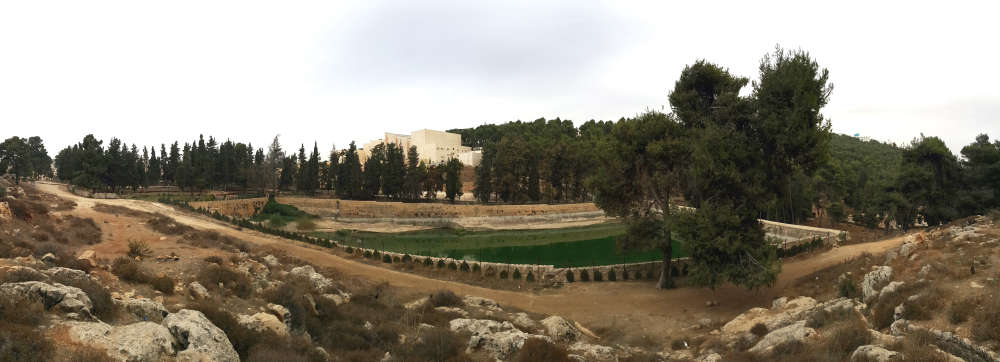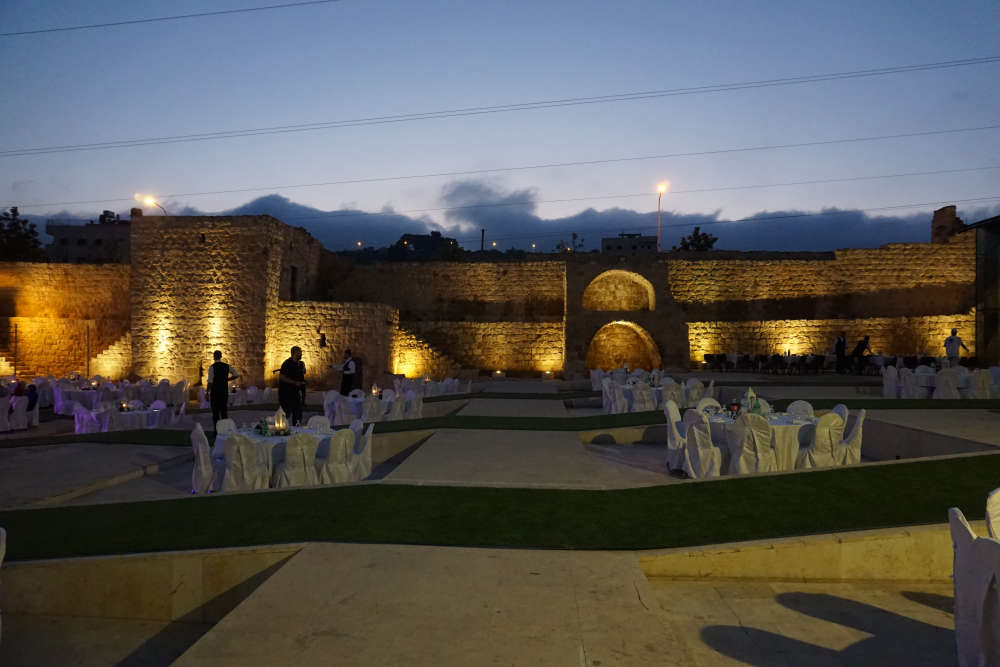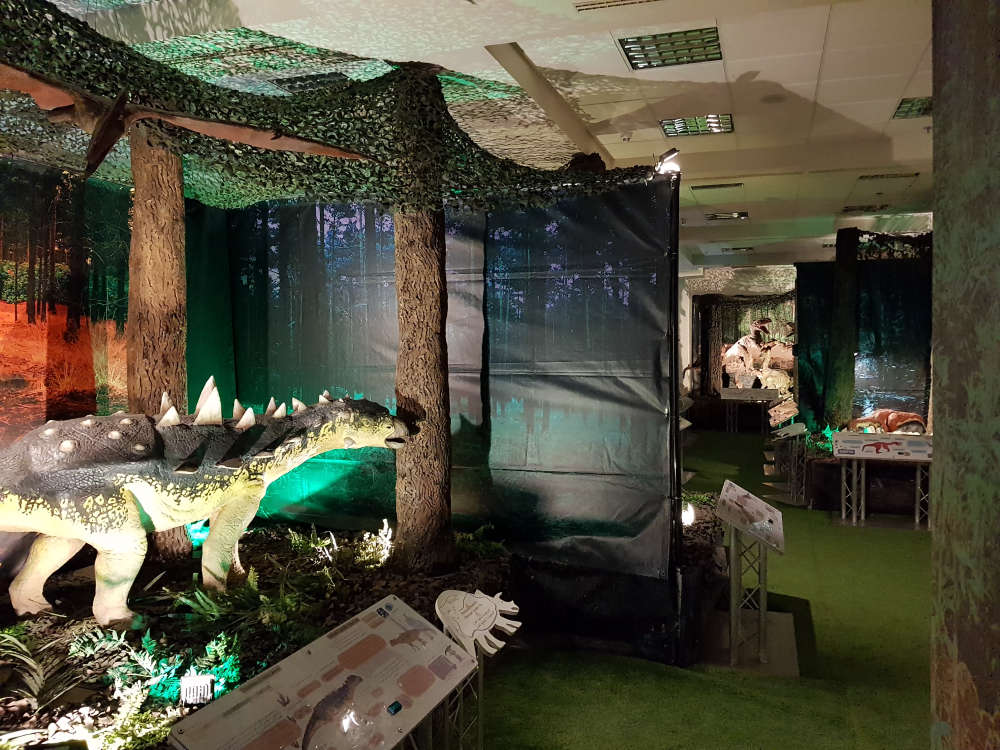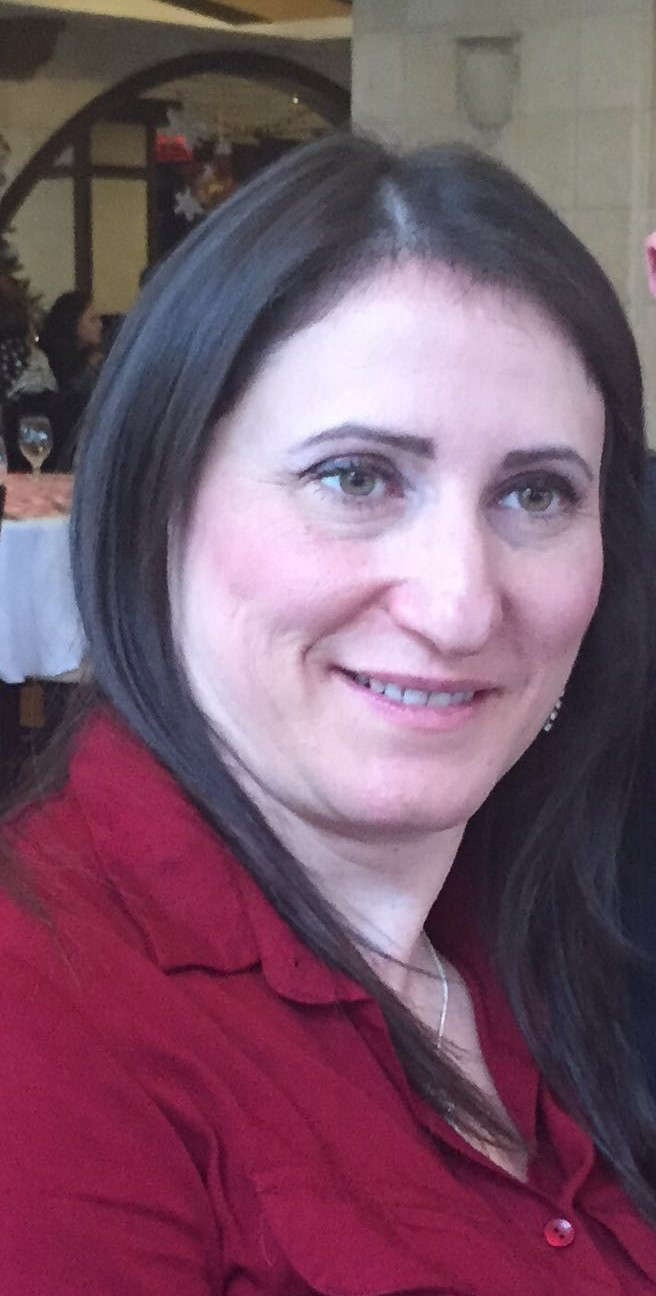Heritage has value that is far beyond monuments. It encompasses a world where communities are empowered to view their heritage as precious, appreciate it as a fount of inspiration, and protect it as a pillar of the past and enrichment of the future. Cultural heritage sites are the root of a people’s history and the bedrock of the future. Hence, their preservation is vital for protecting the rich, shared history of humankind. Partnerships and leveraging development as a force for conservation for social good would transform heritage into an economic engine of long-term preservation and resilience; an attempt to empower local communities as stewards of their heritage in this generation and in all generations to come.

Palestinian heritage sites have played a vital role in sustaining life in a harsh environment and thus must continue to be maintained as a valued asset. Exploring the site of Solomon’s Pools reveals an area of unique archaeological and monumental Palestinian historical treasures, representing significant achievements of the waves of civilization that have swept through the Holy Land for millennia – an area of 245,600 square meters that encompass natural and cultural heritage elements, from the Solomon’s Pools National Museum for history and heratige (the Ottoman-era Murad Castle) to the entrance of Artas village. The site is historically and culturally significant to all three religions, and its preservation is meaningful across religious lines. It is also a place that holds sentimental value for Palestinians, in particular, who can recall its better days as a source of water and a popular swimming and picnic destination.
The tree-filled grounds that include three pools, a British-Mandate-era pump house, historic canals and drainage system, natural springs, remains of the Roman water distribution system, and vestiges of historic landscape have been identified for cultural and tourism development by the Ministry of Tourism, the Ministry of Culture, and the Bethlehem Governorate, with a focus on preserving the historic and natural beauty of the site. Murad Castle has already been preserved, and folklore and nature museums have been developed, with a state-of-the-art convention center and handicraft and Fairground village built nearby to draw visitors to the area.
The pools formed part of an extensive aqueduct system that delivered water to the cities of Bethlehem and Jerusalem for nearly 2,000 years. Situated among a Mediterranean ecosystem of cypresses, pine trees, and other flora and fauna, the Solomon’s Pools area is a rare sanctuary of undeveloped nature in the West Bank, and it is a unique part of the cultural landscape in one of the most contested parts of the world. The site sits between and is directly connected to two UNESCO World Heritage sites: the Battir landscape and the Church of the Nativity. It is a rich habitat with high biodiversity and an intact ecosystem. It is part of the lush Palestinian natural and agricultural valley cluster of Wadi al-Makhrour, Wadi al-Biyar, and Wadi Artas, which all contain fresh-water springs. The abundant water sources make the landscape and its natural components unique and diverse.

The Solomon’s Pools area is also of high value at the regional and international levels, as it is located in the Mediterranean Forests, Woodland, and Scrub biome, one of the World Wildlife Fund’s Global 200 priority biomes for conservation.i The area is also part of Conservation International’s Global Biodiversity Hotspot Mediterranean Basin,ii and of the global Centre of Plant Diversity.iii In addition, it is an ecological corridor that connects natural areas along the western side of the West Bank region, which is important for wildlife, including migratory birds, especially the Mediterranean/Black Sea Flyway.vi

It is also known and relatively well-respected as a natural landscape among local communities that are close to the site. The rapid growth throughout much of the country, however, continues to pose a threat to areas with natural assets through encroachment, unplanned urban expansion, fragmentation, altered hydrology, exotic-species introduction, and most prominently, the political conflict. Since 1967 the pools have slowly deteriorated, but their situation today is worsening at a faster pace. The ongoing conflict between Israel (the occupier) and the occupied Palestinian territory has badly affected the pools over a prolonged period. The separation barrier built by the Israeli government is located a short distance from the site; settlements have been built, and construction continues on adjacent hillsides. Currently the pools remain a potential flashpoint in the conflict due to the unsanctioned regular visits by settlers from Efrat Settlement and the detrimental effect that settlement expansion and development has on water supply.
Groundwater from the aquifer and runoff, which have fed the pool for 2,000 years, has decreased, consequently lowering the water levels of the pools. Uncontrolled surface run-off has breached the perimeter of one pool, causing collapse to occur. Uncontrolled foot and vehicle traffic at the site causes damage to the intricate system of canals. Parts of the exposed ancient aqueduct system are no longer functioning. Overall the site is exposed, fences aren’t capable of preventing petty vandalism, and respect for the site is lacking.
The Palestinian Tourism Strategic Objective 1: “It is necessary to develop and enhance cultural heritage resources through protecting, rehabilitating, and managing cultural heritage sites, increasing the number of tourism attractions to contribute to the national economy …”
As the pools are connected to natural water sources, their preservation is directly tied to the protection of the scarce water resources in the West Bank. If the pools ensure sustainable quality water storage, then water could be used more efficiently for various purposes, including irrigation and domestic use. The site is surrounded by a number of Palestinian villages that rely on traditional farming and tourism. The preservation and development of this area would support Palestinian economic growth, enhance public-private partnership, contribute positively to the tourism and culture sectors, and improve the capabilities of local communities/institutions. Palestinian institutions would be able to develop the skills and experience necessary for preservation and business development. Achieving World Heritage Status would greatly enhance tourism potential, with the knock-on effect of improved employment prospects. The development of the site would also ease the impacts of the political situation in the area as it will secure the site and enhance visitor attraction.

It is important also to remember the benefits of the Solomon’s Pools area in terms of the enhancement of Palestinian culture. The Convention Palace, which is built on the lands of Solomon’s Pools, welcomes thousands of people during large music and culture festivals, in addition to conferences and family entertainment events, all with the main aim of preserving and raising awareness about the cultural heritage site. This is in addition to the establishment of the Palestine Philharmonie, The National Museum for History & Heritage, and the Museum of Dinosaurs and Giant Insects that is geared to children, as well as a handicraft center and Fairground.
In conclusion, the Solomon’s Pools area is a place of exceptional cultural and touristic significance for many Palestinians. The site was listed as one of 20 cultural and natural heritage sites of potential outstanding universal value in Palestine.v The site’s preservation and development come in response to the international and national objectives of the World Heritage Convention, the United Nations General Assembly Resolution on Culture and Development, UNESCO, and the Millennium Development Goals.
The plan for site preservation also mainstreams with the national policies of the Palestinian Tourism Strategy. Since it responds to Strategic Objective 1,vi any development and investment at the site would ease the obstacles and challenges that face the tourism sector in Palestine through achieving its strategic objectives at both the local and national levels.
It is also worth noting that Bethlehem has been selected as The Arab Cultural Capital for the year 2020. “The decision, approved during the meeting of the permanent committee of Arab culture members in Doha, shows the great attention paid by Arab states to Palestinian cities.”vii This site will host events and activities during the entire year of 2020. Moreover, the president of Palestine supports a larger vision for the area and has issued a presidential decree,viii supported by a ministerial resolutionix (issued by the prime minister and the council of ministers), which designate the Solomon’s Pools area and the Convention Palace as the “City of Culture and Civilizations of Palestine” and the main center for Bethlehem, the Arab Culture Capital, in 2020.
This site is part of a clearly articulated national strategic plan to develop Palestinian commerce, tourism, and local community participation. Of all the touristic and archeological sites, the Solomon’s Pools area has the greatest potential as a tourist site to have a positive impact on the local economy, culture, and environment. The support and investment in this area and the timeless heritage of the past would provide enormous exposure, generate significant and vibrant benefit to local communities, create lasting positive impacts on heritage assets, and contribute to a brighter future and responsible long-term stewardship.
Article photos by George N. Bassous,
courtesy of SPPD.
i D.M. Olson and E. Dinerstein, “The Global 200: Priority ecoregions for global conservation,” Annals of the Missouri Botanical Garden 89(2), 2002, p. 199–224.
ii Conservation International, Global Biodiversity Hotspots: Mediterranean Basin, 2013, downloaded on September 15, 2013, from http://www.conservation.org/where/priority_areas/hotspots/europe_central_asia/Mediterranean-Basin/Pages/default.aspx.
iii WWF and IUCN (1994), Centres of Plant Diversity: a Guide and Strategy for their Conservation, Volume 1: Europe, Africa, South West Asia and the Middle East, Gland, Switzerland and Cambridge, UK: WWF and IUCN.
iv http://datazone.birdlife.org/userfiles/file/sowb/flyways/5_Mediterranean_Black_Sea_Factsheet.pdf.
v According to “Operational Guidelines for the Implementation of the World Heritage Convention,” as noted in the UNESCO and MOTA inventory of cultural and heritage sites in the West Bank.
vi “Strategy for Tourism and Heritage 2014–2016,” developed by Ministry of Tourism and Antiquities.
vii Conference of Ministers in Charge of Cultural Affairs in the Arab World, Arab League Education, Science and Culture Organization ALESCO, Tunisia, December 2016.
viii Council of Ministers’ decision # (30/176/ م.و/ر.ح/ 17 ), Palestine, October 2017.
ix Presidential Decree, Palestine, October 2017.



